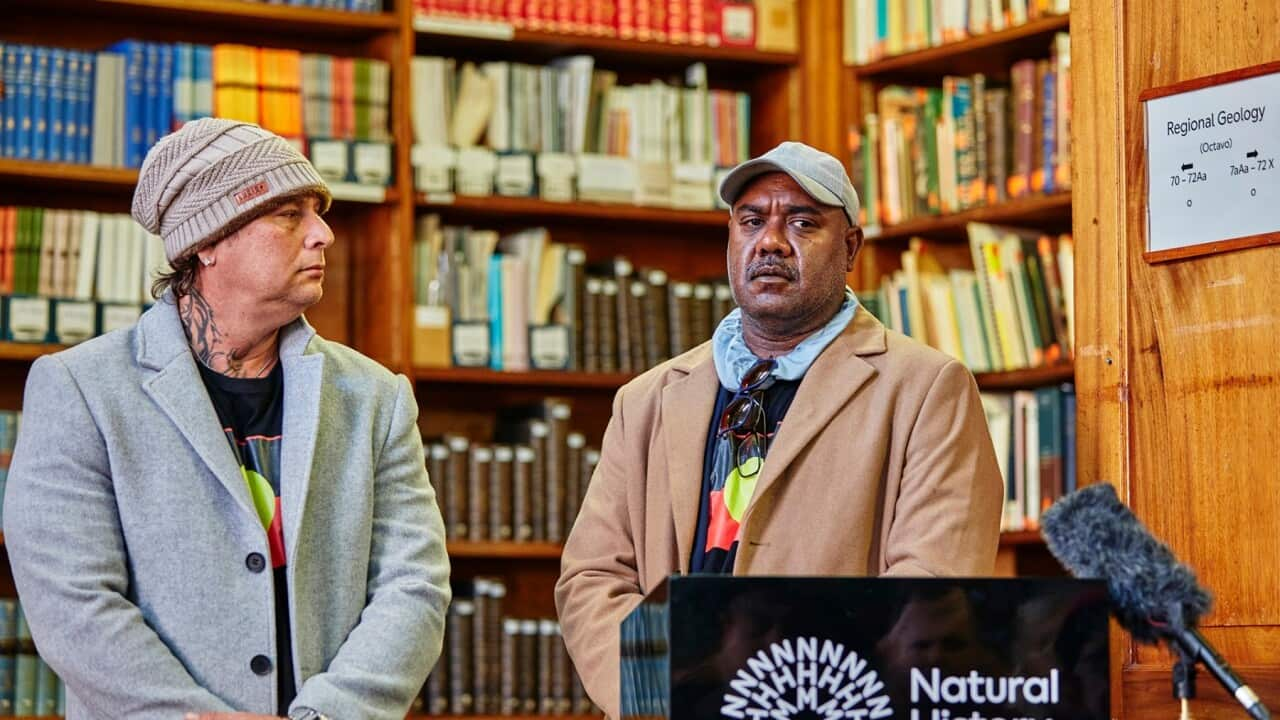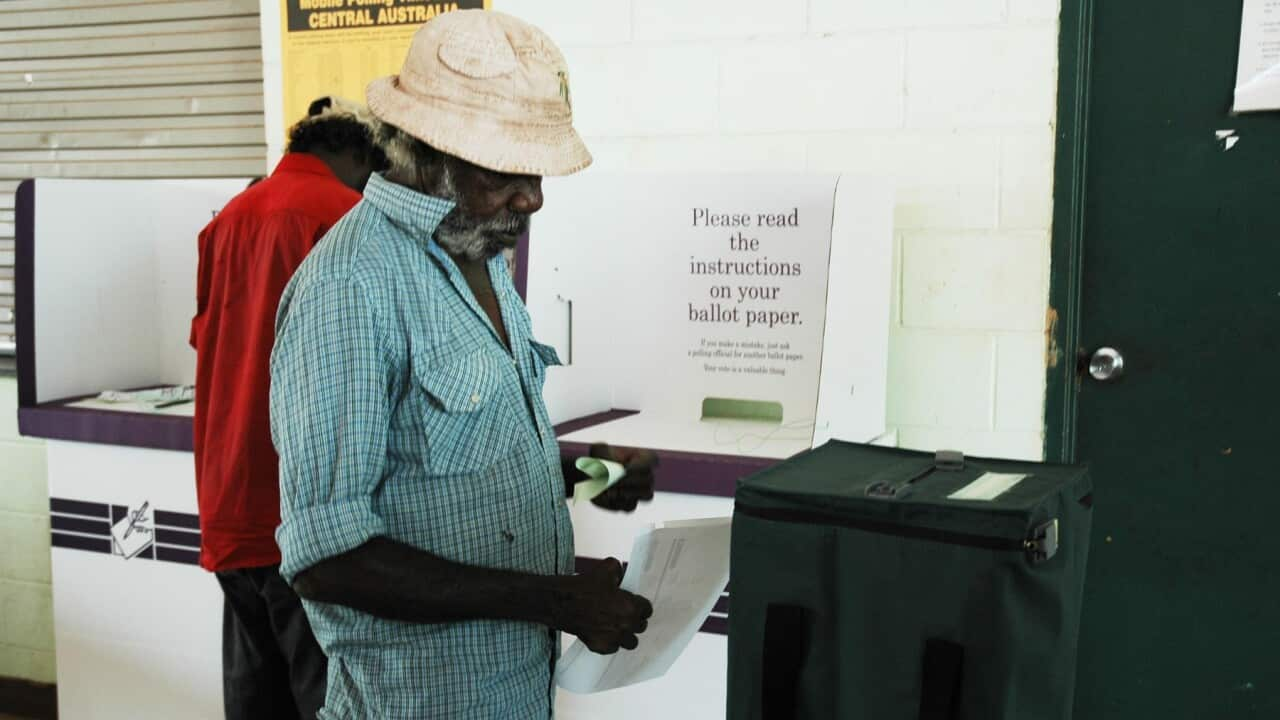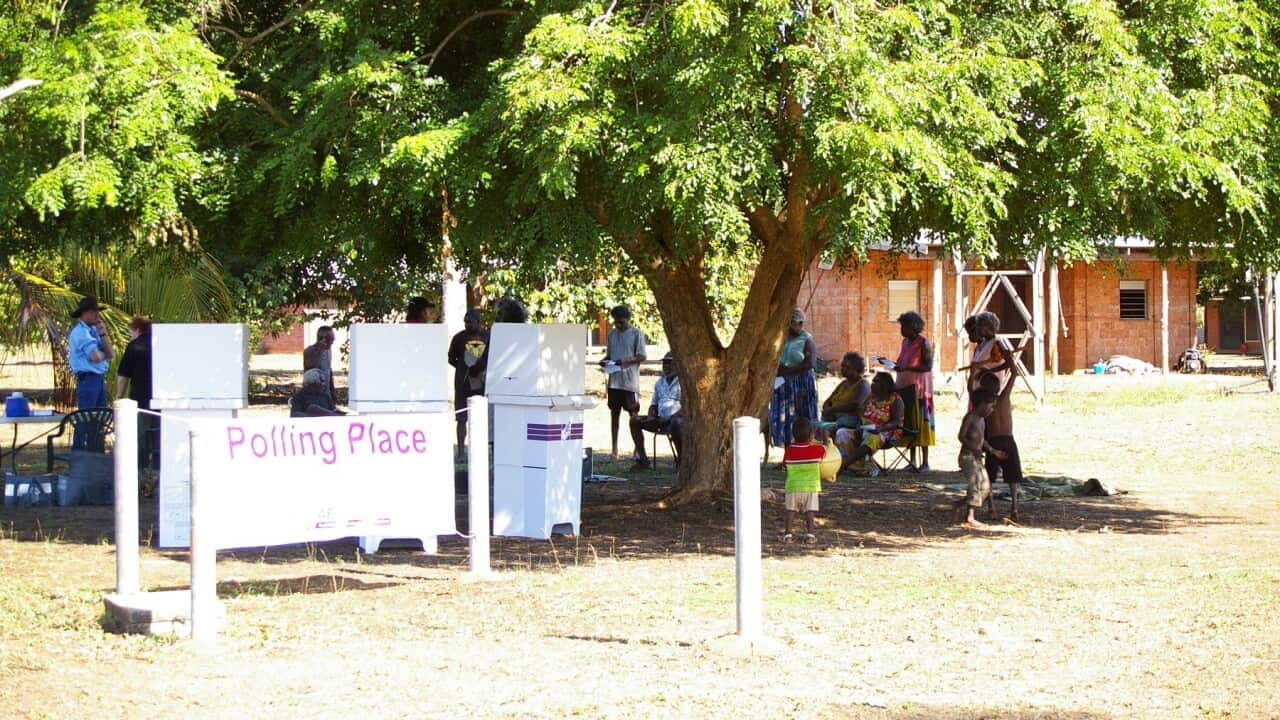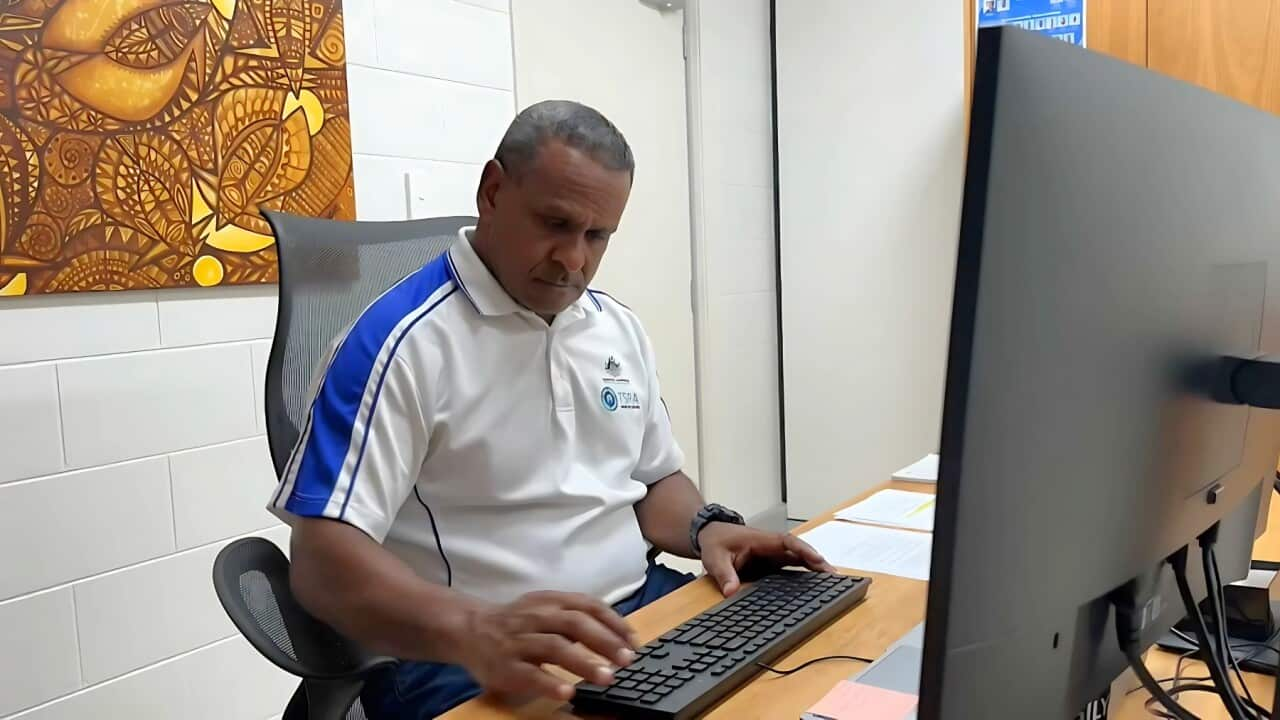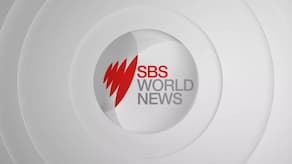TRANSCRIPT:
The Natural History Museum is one of Britain's most popular tourist attractions.
Millions visit each year to see its collection of curiosities - but in its vaults lie human remains that don't belong here.
Now, some have been handed back to representatives of the Wuthathi, Wappaburra and Warrgamay communities.
To them, the idea their ancestors were taken to the other side of the world is a disturbing thought.
"It's like taking a grandparent out of the ground and putting it in the cupboard. But this happened back in 1907. And it's not just my ancestor. We've got 36 ancestors sitting on the table behind me, which shouldn't have happened."
Some of the ancestors had been taken from where they were buried.
John Jackson from the Natural History Museum says others were passed on by doctors or institutions.
"We don't often know a huge amount about why - the motivations behind this. What we have found out we've communicated to the communities. So it allows them to piece together the stories behind why these people are here."
Some of the remains were destroyed when Germany hit the buildings during the Blitz in World War Two.
But the Natural History Museum still has possession of the remains of some 200 Indigenous people.
Mr Jackson says the Museum hopes they will one day all be returned to Country.
"I see no reason why not. I think that will happen."
Repatriations have been happening with more frequency in recent years.
Over the last three decades, more than 1300 ancestors have been repatriated from the UK.
But it's estimated that there are many thousands more still in British collections, and Wuthathi man Keron Murray says the British government should do more to help the process.
"It's all funded through Australia. Certain other things, but the British government also have to pitch in, and there needs to be a more holistic approach for repatriation. Not just for our Aboriginal and Torres Strait Islander ancestors, but those Indigenous peoples who was taken from all over the world."
Of these 36 only six have been identified.
First Nations Director Bianca Beetson from the Queensland Museum says that once they are flown to Brisbane, work will continue to uncover the histories of the remaining 30.
"We're talking about very old records that are sitting in archives that aren't digitised - in cursive script of course, which is always a challenge. But we're working through that process. It can take years and years and years, but we're hoping that in some of the cases with some of these 30 ancestors it should be fairly easy to be able to provenance them back to Country and we can return them as soon as possible."
And for Wappaburra man Wayne Blair, that is when healing can begin.
"It's a little bit of closure for sure. It's quite cathartic. For me and for my family and for my community it's the start of something, yeah - for sure. But there's a long way to go."
